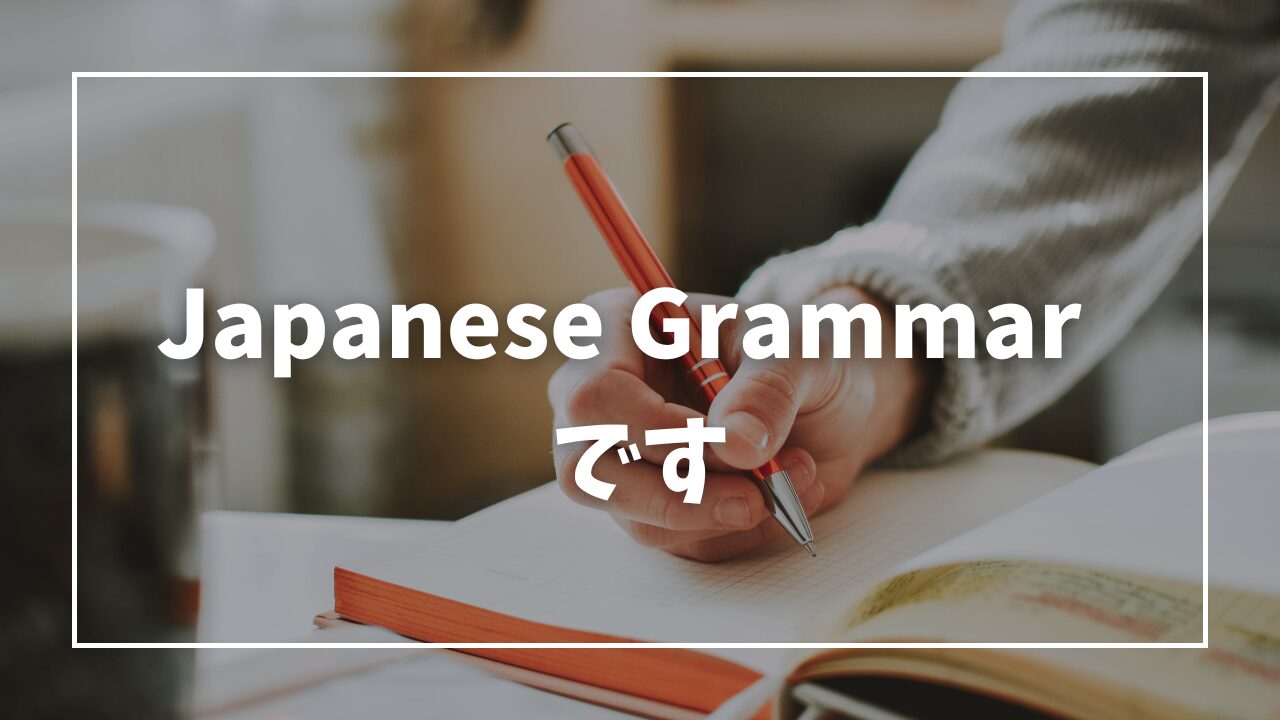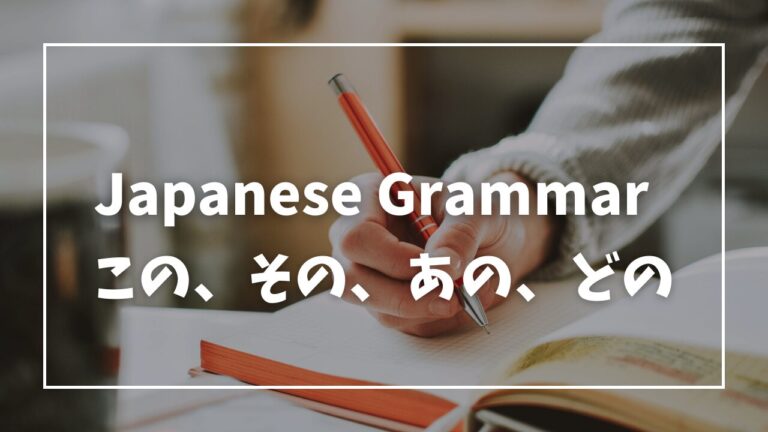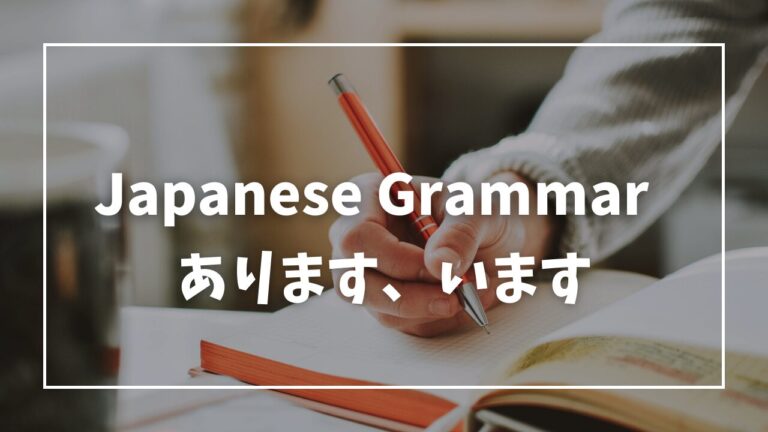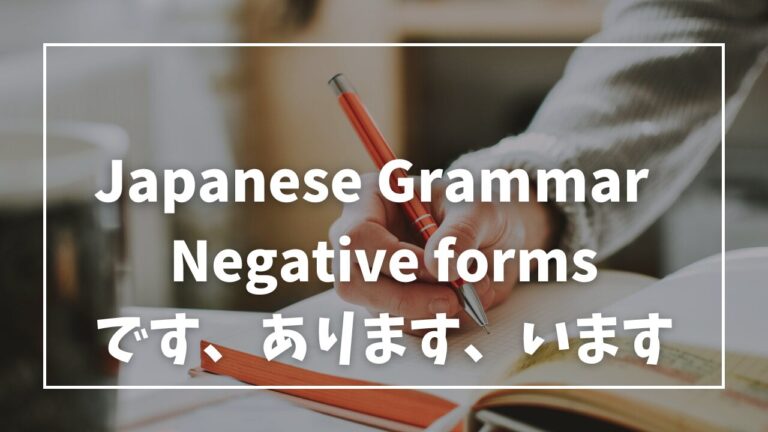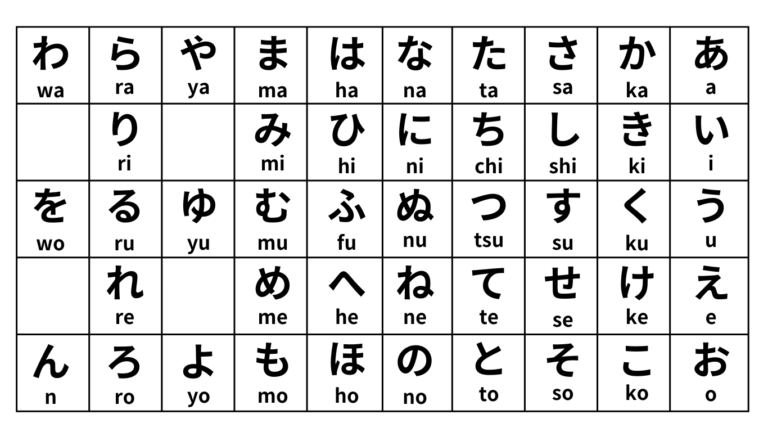Master Japanese Grammar: です
です is one of the most fundamental words in Japanese. It’s similar to “to be” in English (am/is/are) and is used to:
- Connect nouns Example: これは本です。(Kore wa hon desu) – This is a book.
- Make sentences polite Example: 私は学生です。(Watashi wa gakusei desu) – I am a student.
The negative form of です is じゃありません (ja arimasen) or ではありません (dewa arimasen):
Example:
- Positive: これは猫です。(Kore wa neko desu) – This is a cat.
- Negative: これは猫じゃありません。(Kore wa neko ja arimasen) – This is not a cat.
Some key points to remember:
- です always comes at the end of the sentence
- です is considered polite/formal speech
- じゃありません is slightly more casual than ではありません, but both are polite
- In very casual speech, じゃない (ja nai) can be used instead, but this should be avoided when speaking formally

